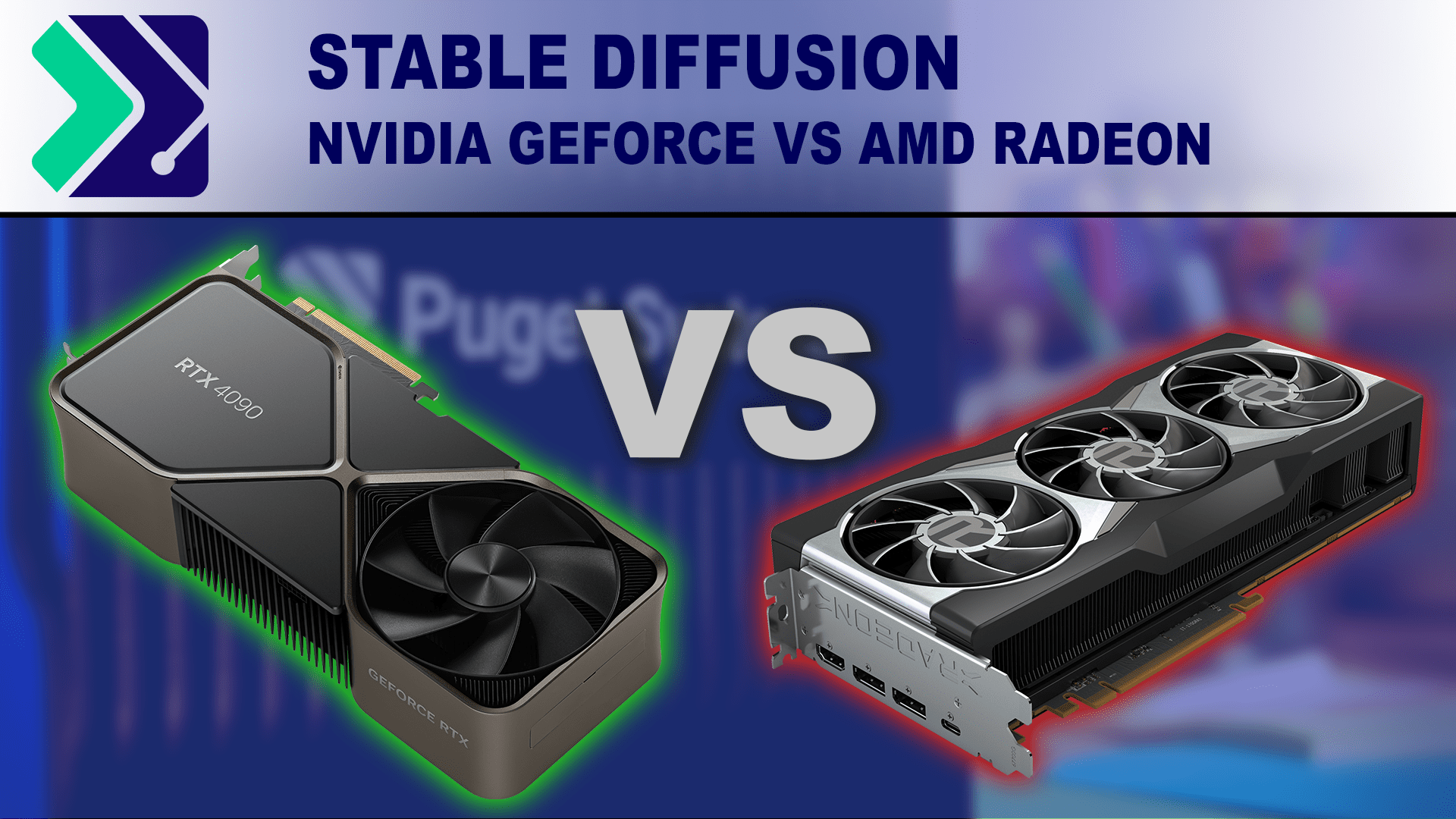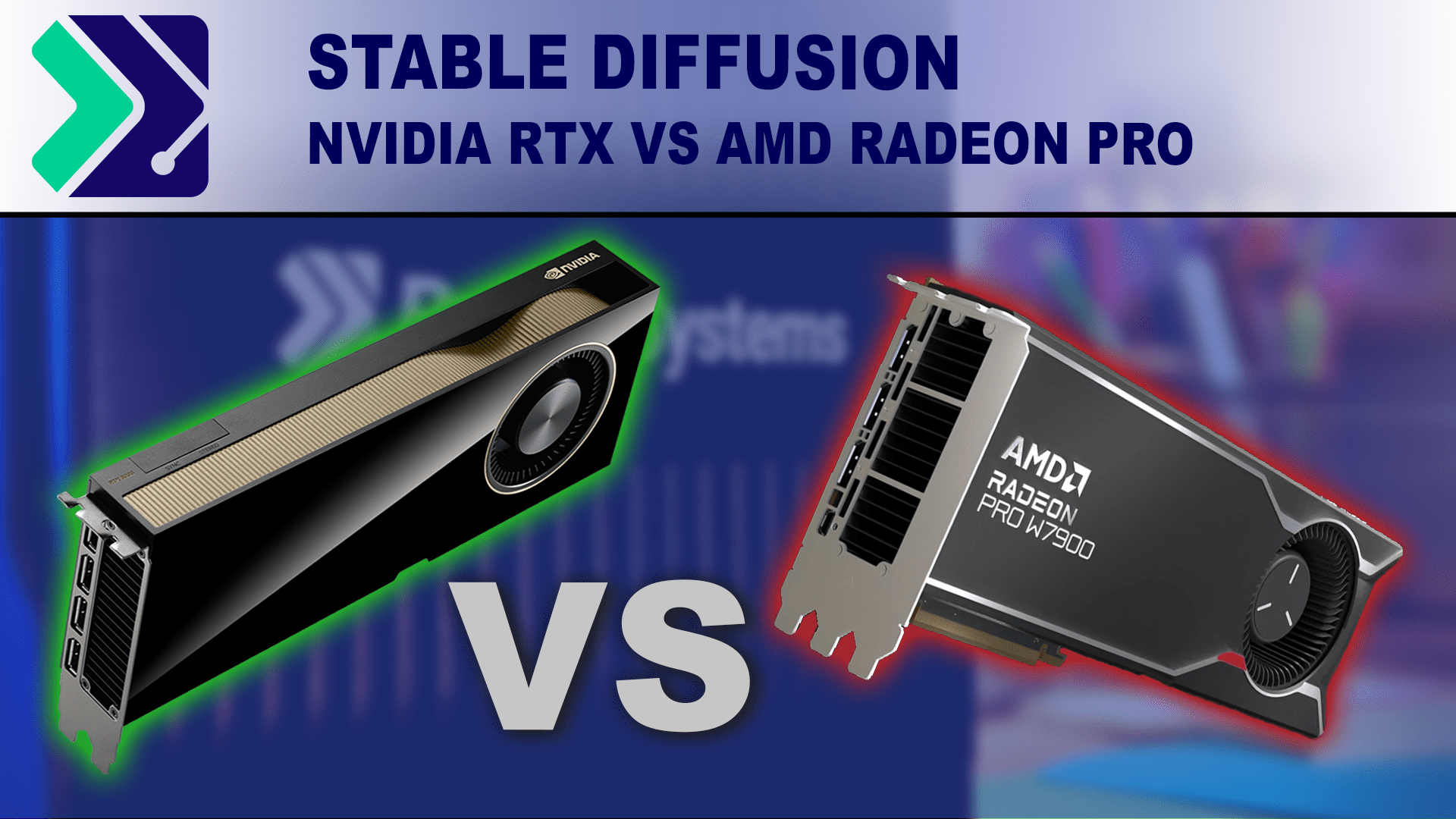DegustatoR
Legend

DirectML Unlocks New AI Silicon for Adobe - DirectX Developer Blog
DirectML is ushering in a new wave of machine learning integration capabilities on emerging AI silicon. At the Windows AI Breakout BUILD session, we showcased how ONNX Runtime, powered by DirectML, enables Adobe’s Premiere Pro to leverage Intel’s next generation platform,
 devblogs.microsoft.com
devblogs.microsoft.com





